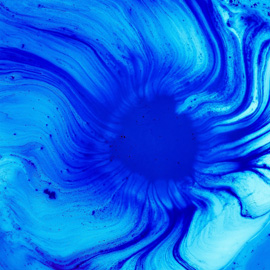The author’s urology specialist believes that MRI is not the only tool, as an auxiliary device, it has a certain effect, but because I can’t see the shadow, I can’t rule out the possibility that I don’t have cancer. After listening to the explanation, I still agreed to do further slice operations. Anterior prostate biopsy is scientifically known as “prostate biopsy” – it is a medical procedure used to diagnose prostate cancer or other prostate disease. During this procedure, a small sample of tissue is removed from the prostate and examined under a microscope to detect any abnormalities or cancerous cells. My prostate biopsy was twelve small test samples removed from various parts of my prostate. There is a two-week wait for biopsy results.
A prostate biopsy is a medical procedure performed to diagnose prostate cancer or other prostate conditions. During the procedure, small tissue samples are taken from the prostate gland and examined under a microscope to detect any abnormalities or cancerous cells.
Here is an overview of the prostate biopsy operation:
1. Preparation: Before the procedure, the patient may be instructed to stop taking blood-thinning medications to reduce the risk of bleeding. An enema may also be recommended to empty the rectum.
2. Anesthesia: The biopsy can be performed under local anesthesia or sedation. Local anesthesia involves injecting a numbing agent around the prostate to minimize pain and discomfort. Sedation is administered intravenously to induce a sleep-like state.
3. Positioning: The patient usually lies on their side with their knees bent toward their chest. Alternatively, they may lie on their back with their feet in stirrups, similar to a pelvic exam.
4. Guidance imaging: To help guide the biopsy, imaging techniques like transrectal ultrasound (TRUS) or magnetic resonance imaging (MRI) may be used. These imaging methods allow the doctor to visualize the prostate gland and guide the biopsy needle accurately.
5. Biopsy procedure: Once the anesthesia takes effect, the doctor will insert a thin, hollow biopsy needle through the rectum wall and into the prostate gland. The number of tissue samples collected can vary but is typically between 10 and 12 samples. The needle is usually inserted multiple times to collect samples from different regions of the prostate.
6. Sample collection: Each time the needle is inserted, a small amount of prostate tissue is extracted by applying a vacuum through the needle or using a spring-loaded mechanism. The samples are then sent to a laboratory for analysis.
7. Completion and recovery: After the procedure, the needle is removed, and pressure may be applied to the biopsy site to control bleeding. Most patients can go home on the same day, although some may need to stay for observation depending on the type of anesthesia used.
8. Post-biopsy care: Patients may experience some temporary side effects, such as blood in the urine, semen, or stool, as well as mild discomfort or pain in the rectal area. These symptoms typically resolve within a few days. The results of the biopsy are usually available within a week or two, and the doctor will discuss them with the patient.
It’s important to note that prostate biopsies carry certain risks, including bleeding, infection, and rare complications such as urinary retention or sepsis. However, these risks are generally low, and the procedure is considered safe and effective in diagnosing prostate conditions.
… … …
RELATED: My Prostate Cancer Curing Journey | Prostate Biopsy Surgery | What Is Transurethral Resection of the Prostate? | Best Way to Cure Prostate Cancer? | What is Combination Prostate Cancer Therapy?




